hip dysplasia in cats walking
A noticeable lack of muscle in the hind legs. There is a paucity of clinical reports focusing solely on HD in cats.

Cat Mobility Loss Causes And Solutions Cat Wheelchair Feline Mobility
The complications of hip dysplasia can begin at any age and will worsen with time.
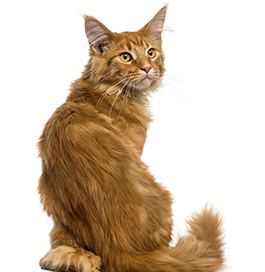
. They should come together in a nice fit. Reluctance to walk play or climb. Hip dysplasia is the name given to an abnormality of the development of the hip coxofemoral joint s.
With cat hip dysplasia the fit is poor and misshapen. A new paper from Michigan State University examines potential causes of hip dysplasia in cats and describes therapies for treating the condition relieving our feline friends of pain and possibly saving their lives. What does a cats sunken hips mean.
Dislocation and damage to their cartilage causes micro-fractures that keep it from walking properly climbing jumping and playing. It is caused by abnormal development of one or both hip joints and results in joint instability and degeneration. The progressive failure of the hip joint leads to the deterioration and loss of function of the ball-and-socket joint.
In other words it starts before their bone structure has developed fully and it only gets worse as time goes on. There is a hereditary or genetic component with certain breeds and breed lines being predisposed to the disease and then there are environmental factors such as. That is when his bones are not yet fully developed but the condition becomes more severe over time.
Palpation of both hip joints. Hip dysplasia is the abnormal development of the hipbone and the femur coxofemoral joint. It is also far more likely to be found in female rather than male cats.
Bug is a 2 year old 35 lb mixed breed most likely labretriever type. If your cat displays any of the signs listed above contact your vet right away. This is simply because they bear more weight on the area.
Obsessive licking or chewing on the back legs or hip area. It is a ball and socket arrangement. Staggering or swaying motion to gait and general difficulties in walking.
In simple words hip dysplasia is a disorder or malformation of the hip joint. The symptoms of hip dysplasia in cats include. Lack of interest in games and activities due to the pain caused by.
If these joints fail to form properly there may be increased laxity and abnormal movement of the joint and over time this can result in the development of degeneration of the joint and painful osteoarthritis. Signs of hip dysplasia include. Lethargy and general irritability.
Hip Dysplasia is basically a poor fitting hip joint. Hip dysplasia is an orthopedic condition of the hip joint that though uncommon can affect catsIt results from abnormal development of one or both hip joints and causes instability and degeneration of the jointsCats dont always exhibit clear signs of hip dysplasia but symptoms such as limping avoiding exercise and irritability may point to a diagnosis. For now however veterinarians generally agree that the only way to prevent hip dysplasia would be to avoid the breeding of cats that are thought to be genetically predisposed to the condition.
Weakness in the back legs. Hip dysplasia is uncommon in cats and when present typically does not cause the severity of pain and lameness as is seen in dogs. Hip dysplasia in cats is a genetically inherited malformation of the hip joint.
Walking like theyre unbalanced on their hindlimbs. All of these clips were taken after a mile-ish off leash run so the limping is more. Urine and blood analysis hemogram and biochemistry.
Symptoms of Hip Dysplasia. Your cat will then form a false joint with the muscles providing support. A cat affected by hip dysplasia will show the following symptoms.
Kato was painful for a few weeks and his problem ended up in the hip joints. The tests necessary to complete the diagnosis of this disease are. Hip dysplasia is caused by many different factors.
Hip dysplasia in cats begins when an animal is small. The author draws on a combination of published studies in cats dogs and humans as well as personal clinical experience. Walking stiffly or awkwardly.
The incidence of hip dysplasia in domestic shorthair cats is low just over 5 percent but runs as high as 20 percent in. The ball is the top of the femur leg bone and the socket is part of the pelvis. Though fairly uncommon this disease tends to affect cats that are purebred or heavy boned though it can still occur in small boned cats.
A challenge to recognise and treat J Feline Med Surg. The diagnosis of hip dysplasia in cats should be made by first ruling out other orthopedic disorders with similar clinical signs. Hip dysplasia generally starts in cats when theyre still kittens.
Hip dysplasia in cats is an inherited and painful joint disease. The most common clinical signs of hip dysplasia in cats are as follows. Obvious discomfort when hips are touched.
Difficulties walking due to the deformities in the bone and the joint swelling. While walking the cat leans forward and in order not to leave. Hip dysplasia in cats was until recently unheard of but recent research indicates that felines of all breeds are capable of developing feline hip dysplasia.
The abnormality in hip joint development. While hip dysplasia is uncommon in cats it is a relatively prevalent health issue in dogs. Clinical signs of feline hip dysplasia include limping or other apparent difficulties in walking avoidance of physical activity expression of pain if.
In hip dysplasia the ball-and-socket joint connecting the head of the femur to the hip bone is malformed. A rare orthopedic disorder in cats feline hip dysplasia involves the abnormal development and subsequent degeneration of the coxofermoral joint. Reluctance to move particularly to jump.
Hip dysplasia is an orthopedic disorder that affects the hip joint in cats. Cats who have had this surgery may show a very slight limp but are pain-free and commonly return to full activity levels. Large breeds of dog are more commonly diagnosed with hip dysplasia but cats are by no means immune.
Cartilage dislocations and damage generate microcracks that prevent the animal from walking climbing jumping or playing. Obsessive licking or chewing on. X - rays of the hip in various views to assess for characteristic changes in the pathology.
A cat with hip dysplasia will show progressive signs of lameness like limping unwillingness to move continually chewing or licking the hip and expressing pain. Dogs and humans as well as personal clinical experience. Hip dysplasia is a condition in cats that causes their hip joints to develop abnormally.
Via this method cat hip dysplasia surgery costs tend to run about 1500 to 3000 versus 4000 minimum for a hip replacement. Cats can often develop a degenerative illness we know as hip dysplasia. The cats hip joint consists of two bone parts the femoral head in this case the ball and the hip bones acetabulum in this case the socket.
Ask A Vet Did You Know That Cats Get Hip Dysplasia
All About Feline Hip Dysplasia The Honest Kitchen
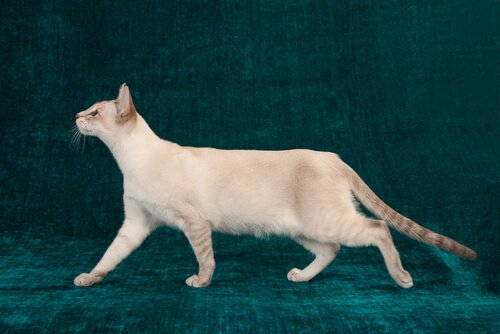
Hip Dysplasia In Cats Everything You Need To Know My Animals
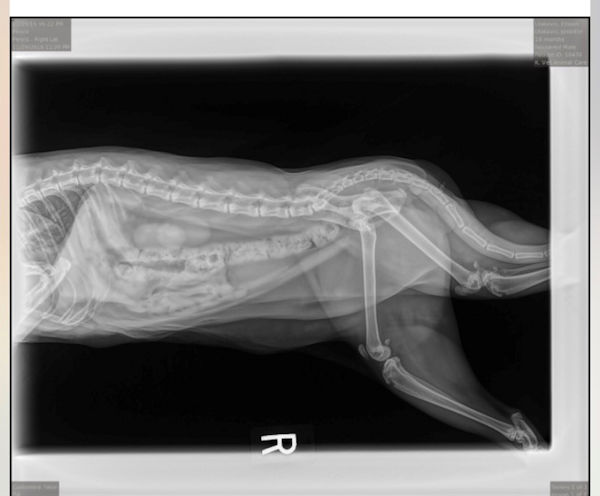
Ellison S Journey With Hip Dysplasia Pelaqita Persians
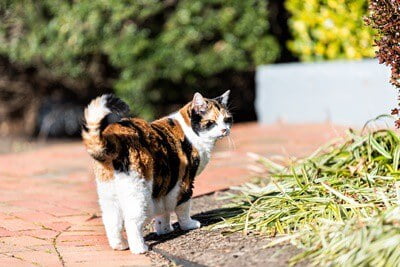
Why Are My Cat S Back Legs Not Working Weak Wobbly And Stiff

Lameness Hip Dysplasia Cats Youtube
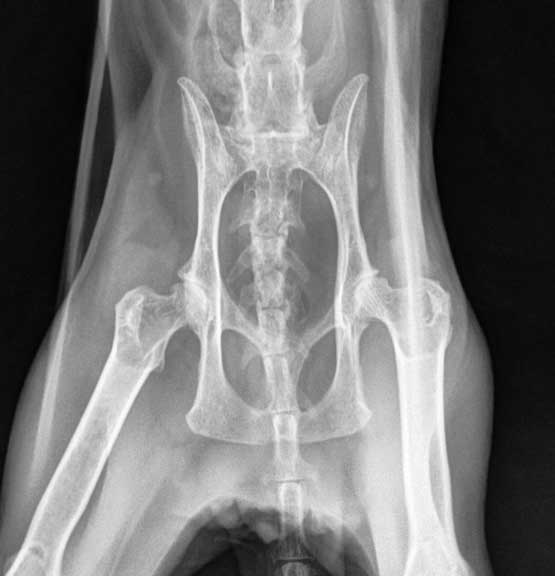
Hip Dysplasia In Dogs And Cats Long Beach Animal Hospital

Hip Dysplasia In Cats And Dogs By Kelsey Tinsman Ppt Download

Hip Dysplasia In Cats Signs Treatment And Prevention Daily Paws
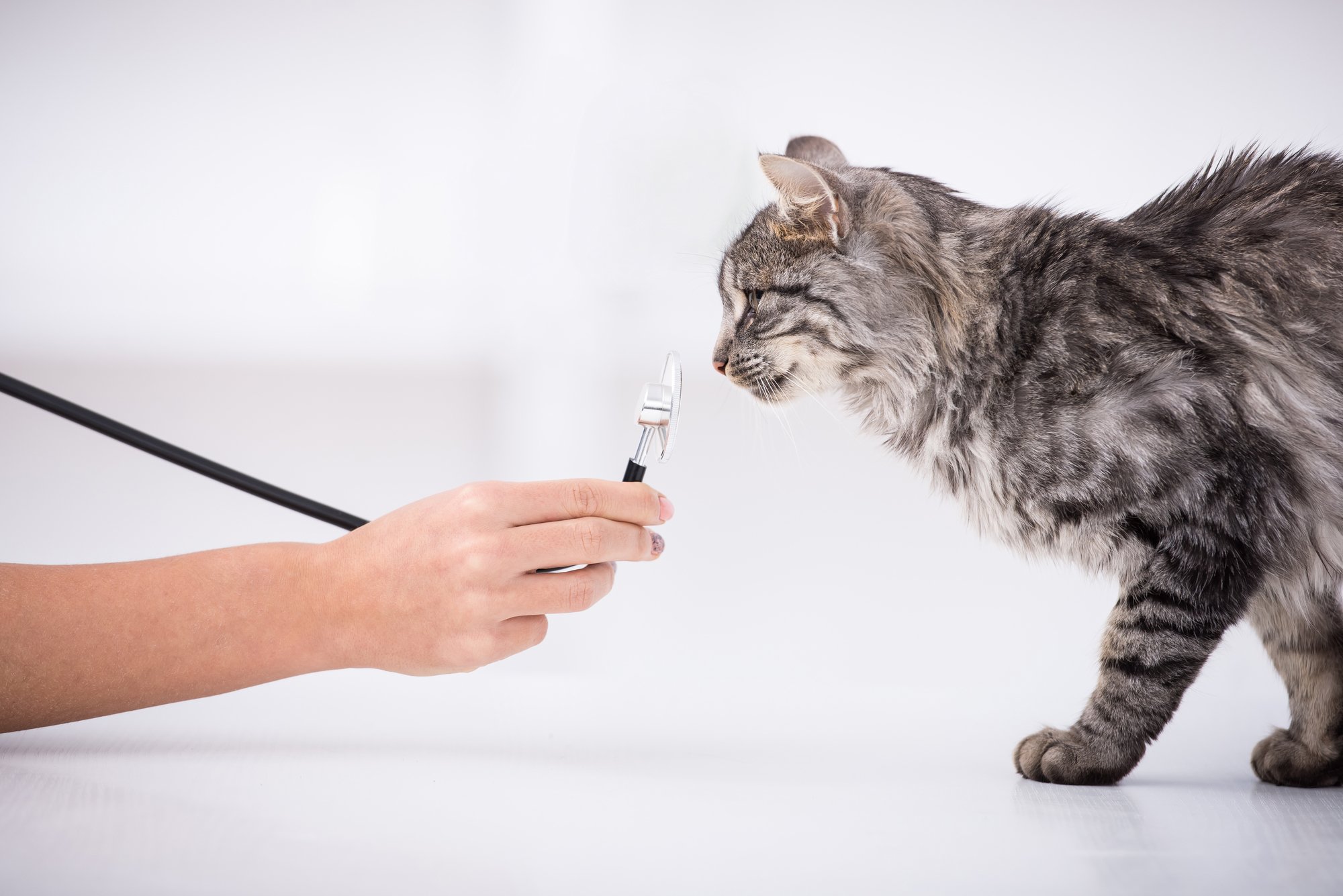
Cats Hide Signs Of Hip Dysplasia Catwatch Newsletter
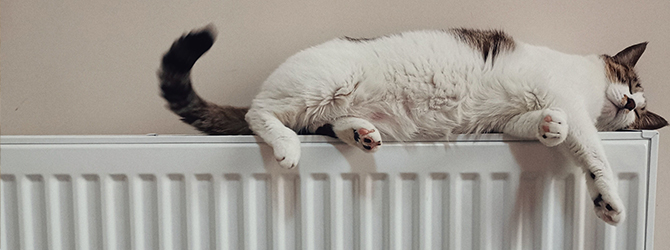
Hip Dysplasia In Cats Causes Symptoms Prevention My Family Vets

New Knowledge And New Treatments For Feline Hip Dysplasia College Of Veterinary Medicine At Msu
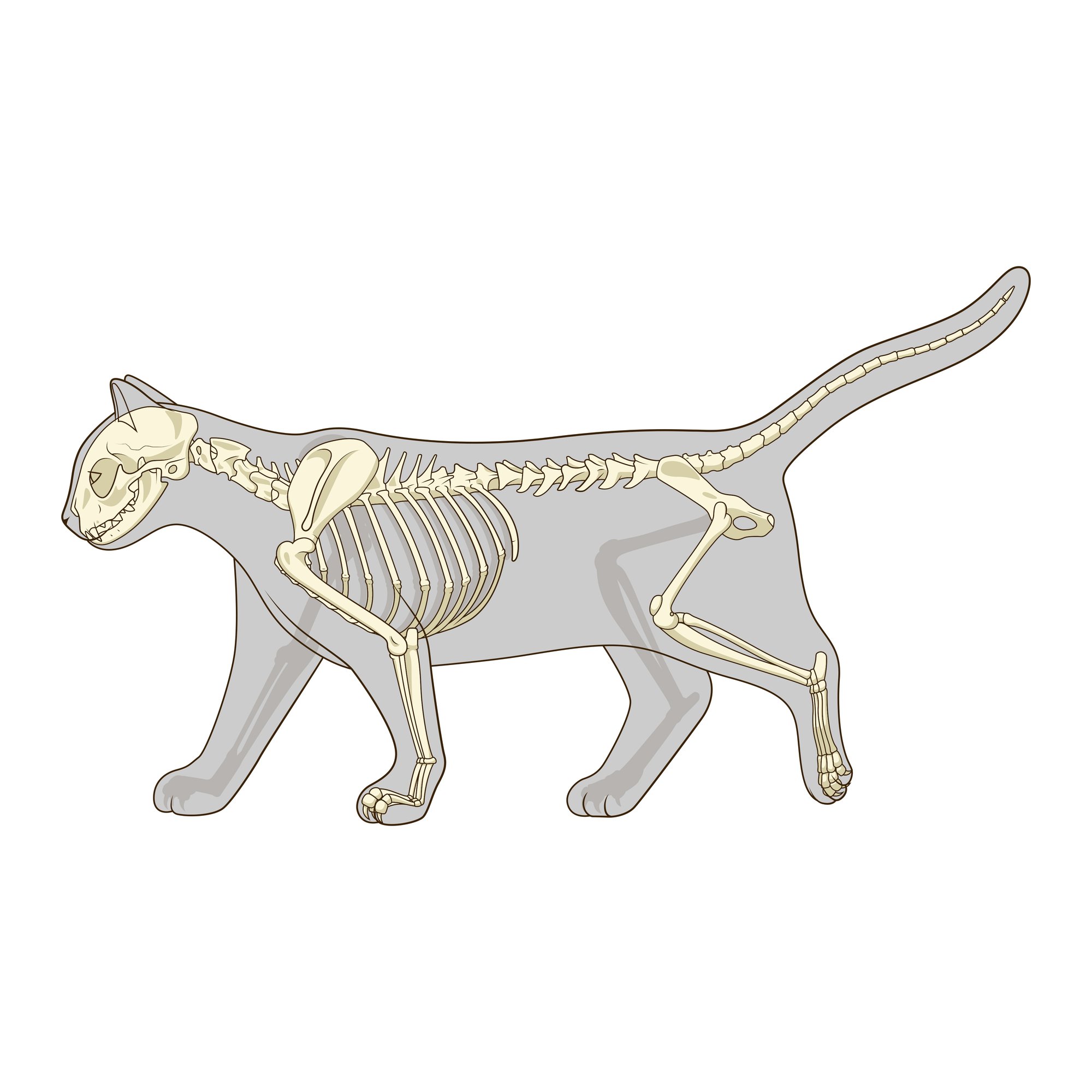
Cats Hide Signs Of Hip Dysplasia Catwatch Newsletter
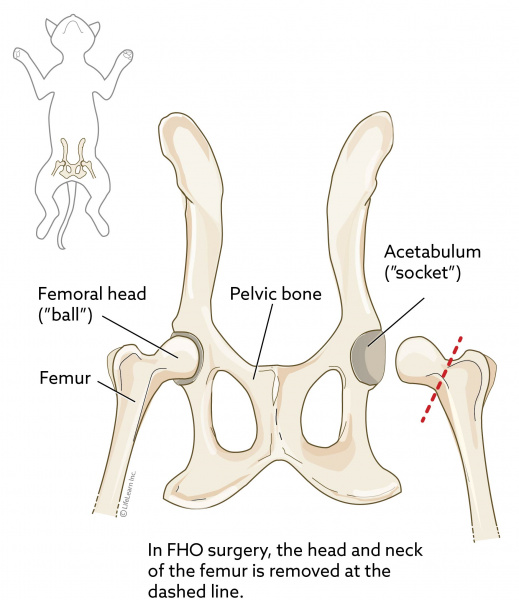
Femoral Head Ostectomy Fho In Cats Vca Animal Hospital

Hip Dysplasia Cornell University College Of Veterinary Medicine
Nfcfa Norwegian Forest Cat Fanciers Association Www Forestcats Net


